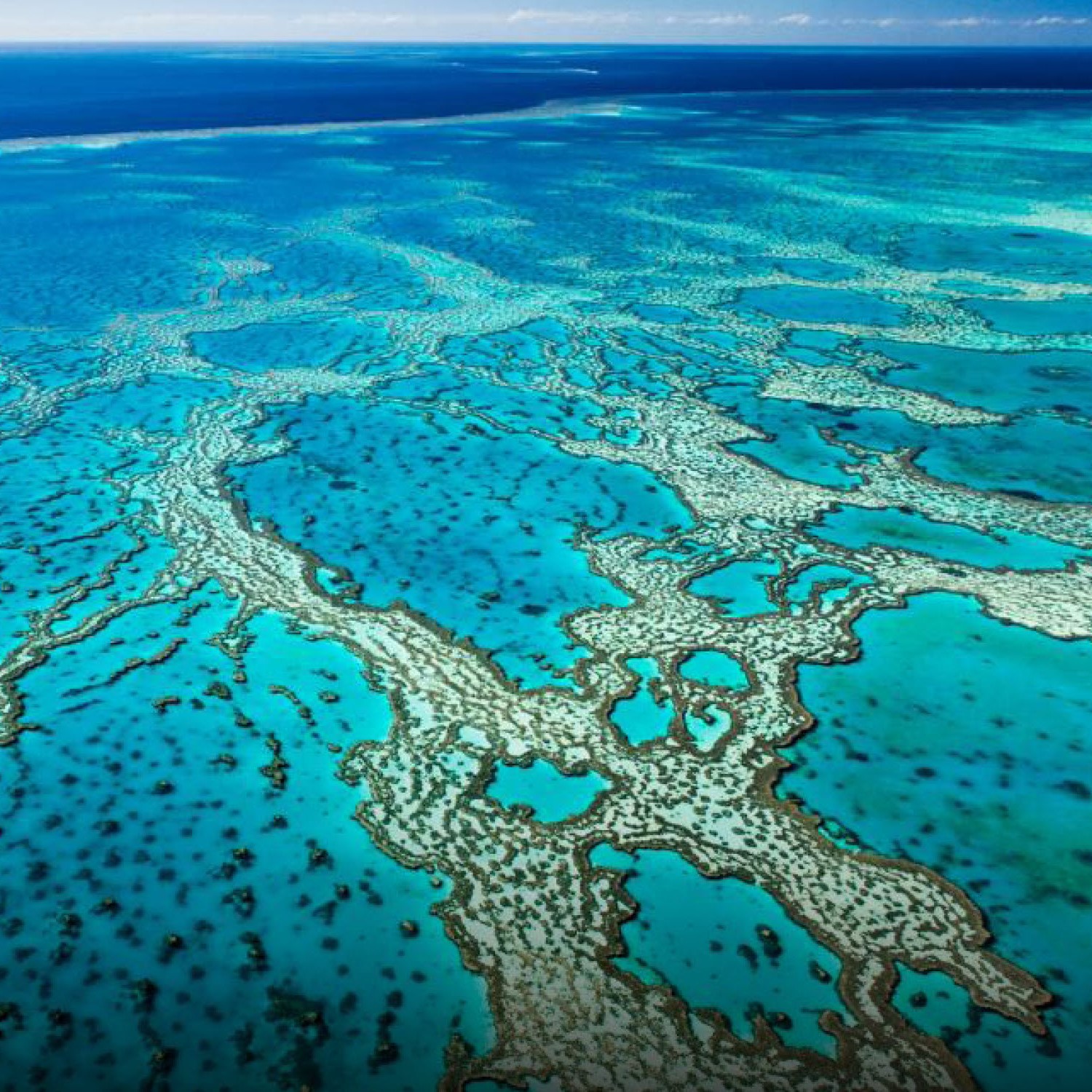
Kassandra Costa is a richly deserving recipient of the inaugural Harry Elderfield Award.
She is a remarkable junior scientist who already has multiple outstanding achievements to go along with her exceptional continued potential. During the course of 5 years in the Ph.D. program at Lamont-Doherty Earth Observatory of Columbia University, she combined sedimentology and geochemistry in innovative ways to provide insights into changes in the biological productivity, deep chemistry, and surface hydrography of the tropical and subpolar North Pacific Ocean during previous ice ages. Any one of her five thesis chapters might merit serious consideration for an award based on an exemplary student publication, including a paper on deep ocean redox changes that she published in the special volume of Geochimica et Cosmochimica Acta devoted to the memory of Harry Elderfield. Instead, the award was given by the Paleoceanography and Paleoclimatology section of AGU for Kassandra’s study of dust deposition, nutrient utilization, and biological productivity in the central equatorial Pacific Ocean during the last glacial period. In this paper, published in Nature, she combined precise analyses of nitrogen isotopes in microfossil foraminifera and uranium and thorium isotopes in bulk marine sediments, from a north–south transect of cores, to show that despite enhanced glacial dust deposition, there was no iron fertilization in that important part of the glacial ocean. She further pointed out the potential oceanographic connection to high latitudes in the Southern Hemisphere, where glacial iron fertilization may have stimulated productivity while at the same time diverting nutrients that would otherwise have been delivered via subsurface waters to the tropical ocean. This important study is only one example of Kassandra’s combination of intellectual curiosity and creativity, analytical versatility and excellence, and scientific insight and productivity. We are fortunate to have Kassandra Costa among us, and she is an excellent choice for the Harry Elderfield Award in 2018.
—Jerry McManus, Lamont-Doherty Earth Observatory, Palisades, N.Y.

Oxic pelagic clays are an important component of seafloor sediment that may hold valuable information about past ocean chemistry due to their affin...




